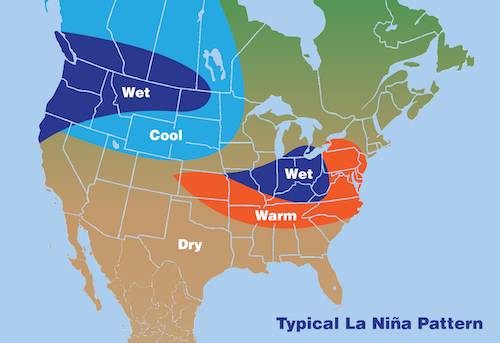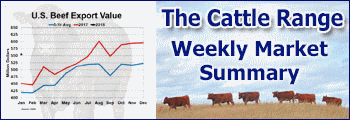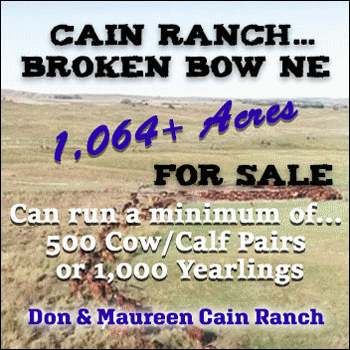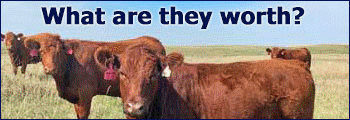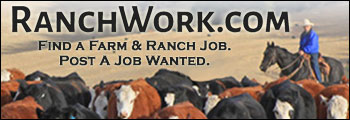Typical La Niña weather patterns in the continental United States. Credit: NOAA/JPL-Caltech
Through the first half of 2024, it looked like the U.S. might be climbing out of the drought that has plagued big chunks of the country for the last half-decade. The angry reds on the drought monitor maps started turning lighter shades of orange, yellow, even white. The El Nino the ag world had been waiting for was finally here.
And then, it wasn’t...
“In early June of last year,” CattleFax Meteorologist Matt Makens said, “we were at the lowest drought levels in more than four years. It was pretty remarkable for a short-lived and arguably weaker El Nino event.”
Surface temperatures in the Pacific Ocean dropped again in the latter half of 2024, bringing the balance back to neutral ground for a while, before La Nina conditions once again firmly took hold in mid-December. That led to lower temperatures through the winter across much of North America. Moisture levels were perfect for a majority of producers planting winter wheat, but the cold later in the winter is expected to have a negative impact on the overall crop (though, notably, that is yet to be confirmed).
Of course, continued La Nina and drought conditions have producers wondering, How long can this last? Surely we’re due for some wet years, right? Surely El Nino is ready to come and stay a while, right?
Not necessarily, Makens cautioned...
“We live in a probability-based world,” he said. “We’re not betting on averages; we’re betting on probabilities. Let’s stop thinking of weather as an average. It’s a probability of occurrence.”
And based on historical models and current conditions, Makens says, most probably weather outlook for 2025 includes, among other things, the following:
- Warmer spring temperatures across most of the country, except for the Pacific Northwest
- A dry spring in the Southwest and Plains, with hopeful optimism for good moisture in the Northwest
- High temperatures throughout the summer in the West
- A strong monsoon in the Southwest through the summer, but overall dry conditions throughout the country
- A promising moisture outlook in the South and Southwest in late summer/early fall
- Growing drought across the High Plains and Pacific Northwest, with the possibility for another intense wildfire season
- Overall, continued droughty conditions throughout much of cattle country
